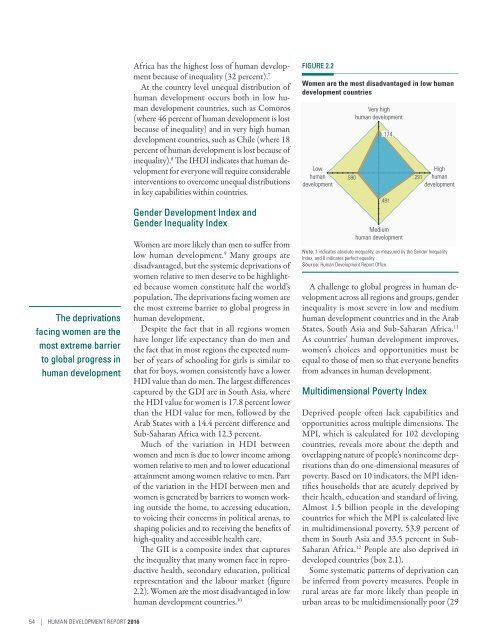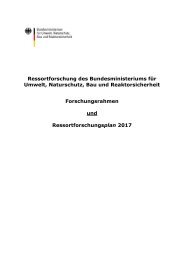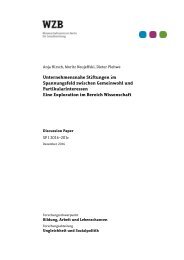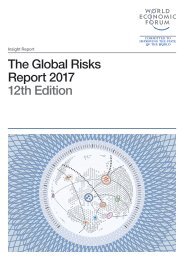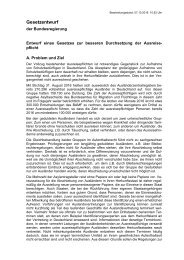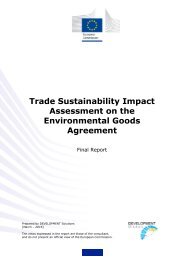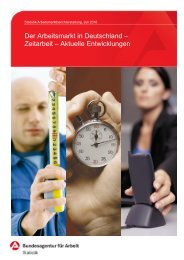Human Development Report 2016
6Tyccfrzw
6Tyccfrzw
You also want an ePaper? Increase the reach of your titles
YUMPU automatically turns print PDFs into web optimized ePapers that Google loves.
The deprivations<br />
facing women are the<br />
most extreme barrier<br />
to global progress in<br />
human development<br />
Africa has the highest loss of human development<br />
because of inequality (32 percent). 7<br />
At the country level unequal distribution of<br />
human development occurs both in low human<br />
development countries, such as Comoros<br />
(where 46 percent of human development is lost<br />
because of inequality) and in very high human<br />
development countries, such as Chile (where 18<br />
percent of human development is lost because of<br />
inequality). 8 The IHDI indicates that human development<br />
for everyone will require considerable<br />
interventions to overcome unequal distributions<br />
in key capabilities within countries.<br />
Gender <strong>Development</strong> Index and<br />
Gender Inequality Index<br />
Women are more likely than men to suffer from<br />
low human development. 9 Many groups are<br />
disadvantaged, but the systemic deprivations of<br />
women relative to men deserve to be highlighted<br />
because women constitute half the world’s<br />
population. The deprivations facing women are<br />
the most extreme barrier to global progress in<br />
human development.<br />
Despite the fact that in all regions women<br />
have longer life expectancy than do men and<br />
the fact that in most regions the expected number<br />
of years of schooling for girls is similar to<br />
that for boys, women consistently have a lower<br />
HDI value than do men. The largest differences<br />
captured by the GDI are in South Asia, where<br />
the HDI value for women is 17.8 percent lower<br />
than the HDI value for men, followed by the<br />
Arab States with a 14.4 percent difference and<br />
Sub-Saharan Africa with 12.3 percent.<br />
Much of the variation in HDI between<br />
women and men is due to lower income among<br />
women relative to men and to lower educational<br />
attainment among women relative to men. Part<br />
of the variation in the HDI between men and<br />
women is generated by barriers to women working<br />
outside the home, to accessing education,<br />
to voicing their concerns in political arenas, to<br />
shaping policies and to receiving the benefits of<br />
high-quality and accessible health care.<br />
The GII is a composite index that captures<br />
the inequality that many women face in reproductive<br />
health, secondary education, political<br />
representation and the labour market (figure<br />
2.2). Women are the most disadvantaged in low<br />
human development countries. 10<br />
FIGURE 2.2<br />
Women are the most disadvantaged in low human<br />
development countries<br />
Low<br />
human<br />
development<br />
.590<br />
Very high<br />
human development<br />
.174<br />
.491<br />
Medium<br />
human development<br />
.291<br />
A challenge to global progress in human development<br />
across all regions and groups, gender<br />
inequality is most severe in low and medium<br />
human development countries and in the Arab<br />
States, South Asia and Sub-Saharan Africa. 11<br />
As countries’ human development improves,<br />
women’s choices and opportunities must be<br />
equal to those of men so that everyone benefits<br />
from advances in human development.<br />
Multidimensional Poverty Index<br />
High<br />
human<br />
development<br />
Note: 1 indicates absolute inequality, as measured by the Gender Inequality<br />
Index, and 0 indicates perfect equality.<br />
Source: <strong>Human</strong> <strong>Development</strong> <strong>Report</strong> Office.<br />
Deprived people often lack capabilities and<br />
opportunities across multiple dimensions. The<br />
MPI, which is calculated for 102 developing<br />
countries, reveals more about the depth and<br />
overlapping nature of people’s nonincome deprivations<br />
than do one-dimensional measures of<br />
poverty. Based on 10 indicators, the MPI identifies<br />
households that are acutely deprived by<br />
their health, education and standard of living.<br />
Almost 1.5 billion people in the developing<br />
countries for which the MPI is calculated live<br />
in multidimensional poverty, 53.9 percent of<br />
them in South Asia and 33.5 percent in Sub-<br />
Saharan Africa. 12 People are also deprived in<br />
developed countries (box 2.1).<br />
Some systematic patterns of deprivation can<br />
be inferred from poverty measures. People in<br />
rural areas are far more likely than people in<br />
urban areas to be multidimensionally poor (29<br />
54 | HUMAN DEVELOPMENT REPORT <strong>2016</strong>


